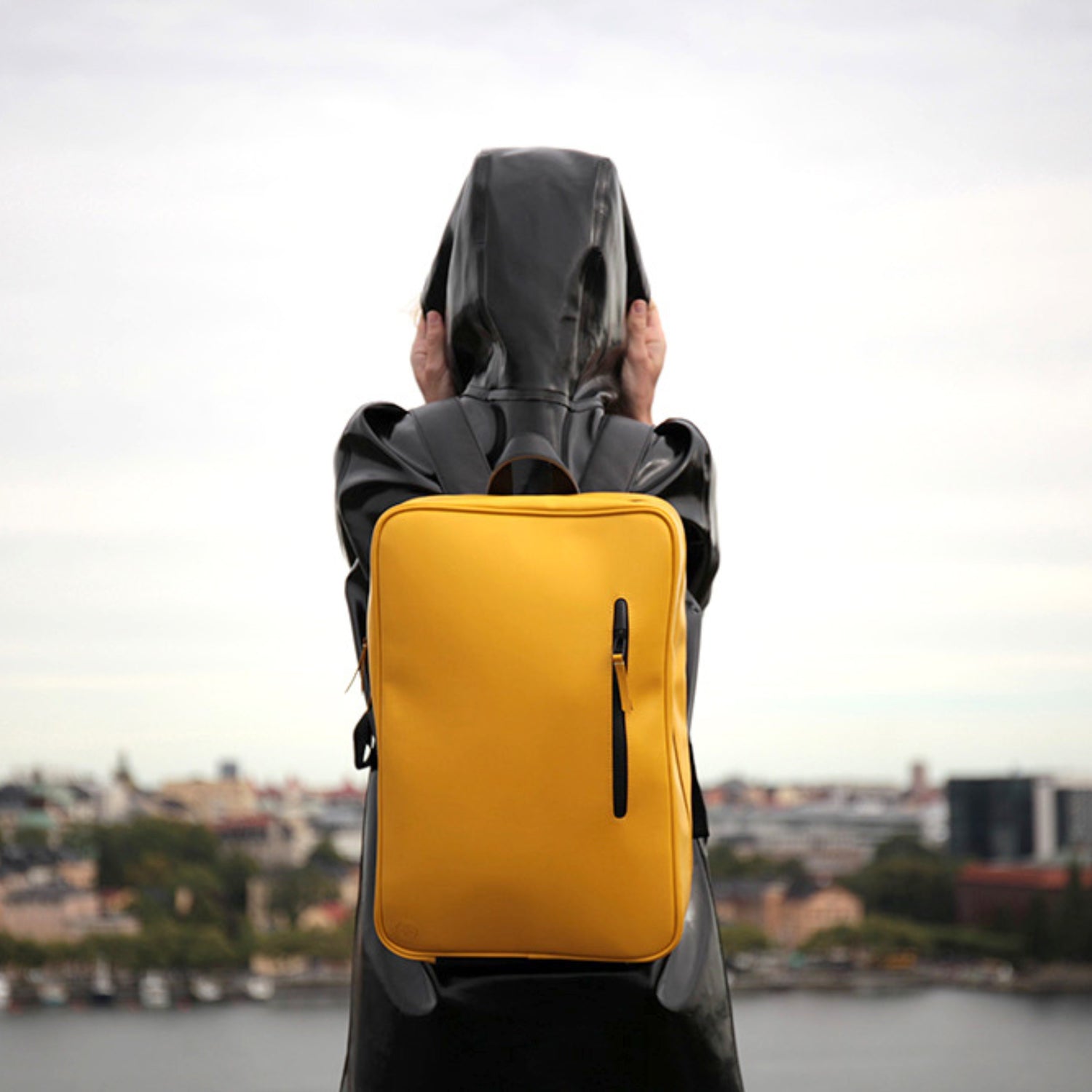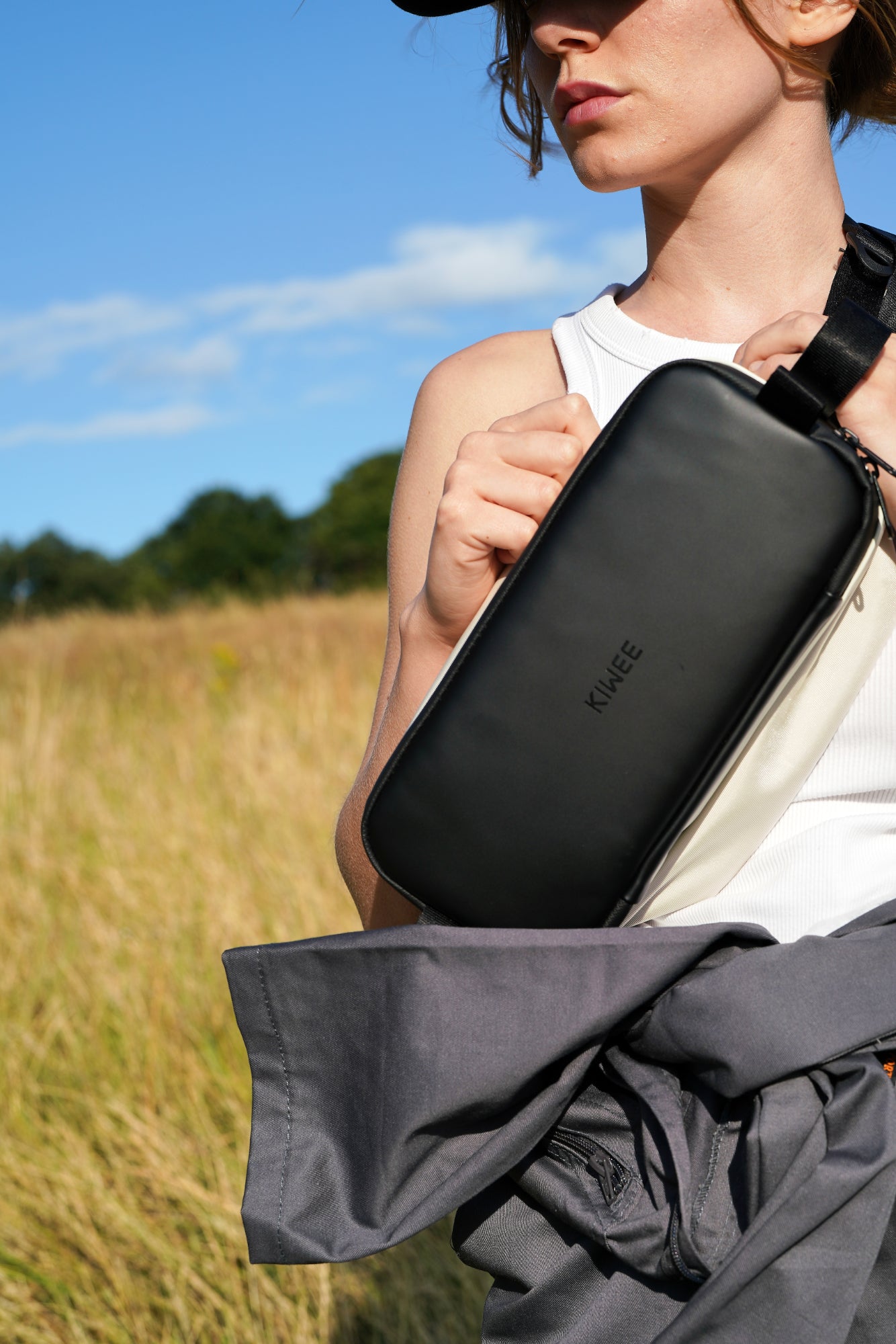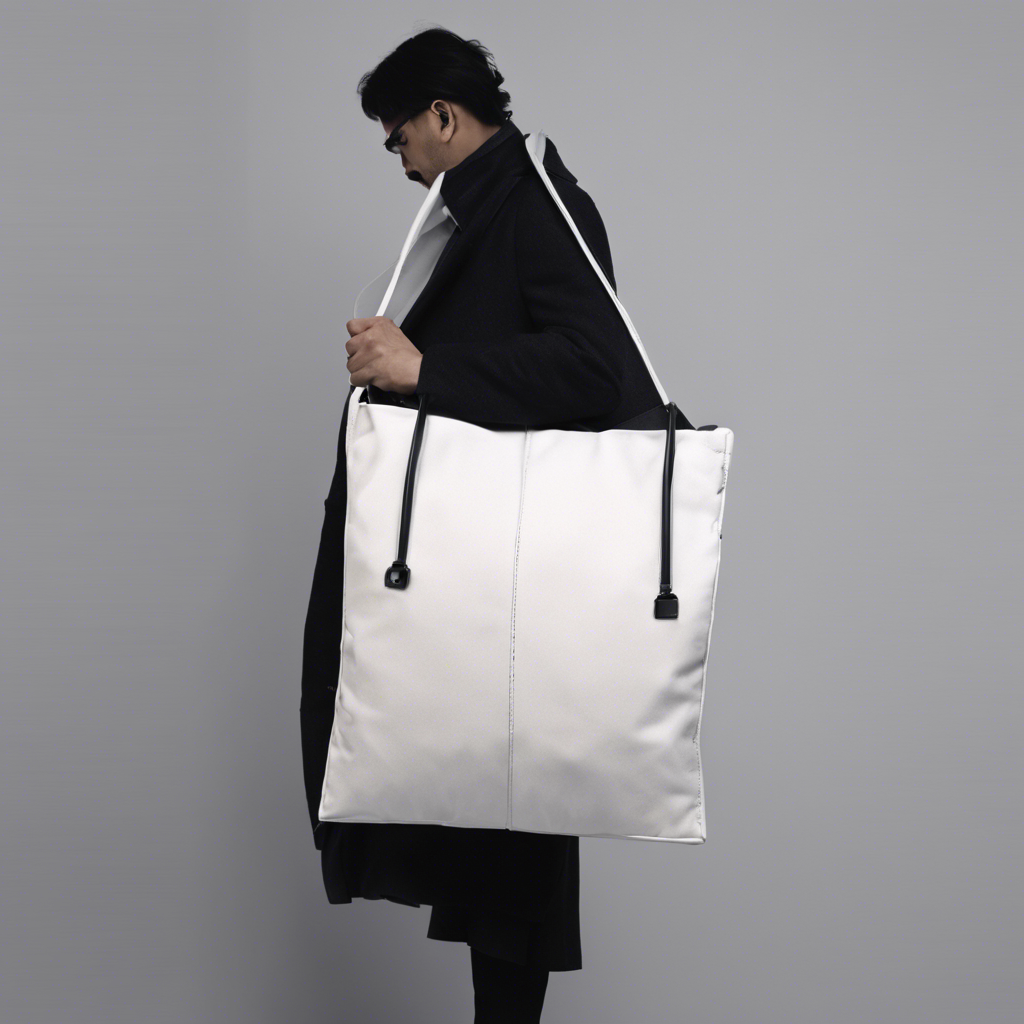
Can Minimalist Bags Actually Handle Daily Life?
Share
Minimalism has swept the fashion world, and bags haven't been spared. Streamlined designs, clean lines, and a focus on functionality define this aesthetic. But rumor has it, minimalist bags might not be as tough. This article delves into the nuances of minimalist design and its impact on bag longevity, exploring the interplay between material choices, construction techniques, and intended use.
At first glance, the association of minimalism with reduced durability seems logical. Fewer features imply less material and simpler construction, potentially impacting sturdiness. However, this overlooks the core principles of minimalism: quality over quantity, durability over trend, and purposeful design. Minimalist bags often prioritize:
Different Bags, Different Needs
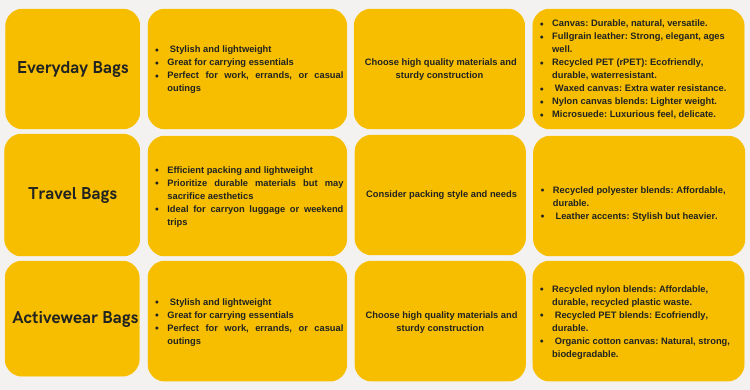
Debunking Misconceptions
At first glance, the association of minimalism with reduced durability seems logical. Fewer features imply less material and simpler construction, potentially impacting sturdiness. However, this overlooks the core principles of minimalism: quality over quantity, durability over trend, and purposeful design. Minimalist bags often prioritize:
- High-quality materials: Instead of relying on multiple layers of cheap fabrics, minimalist bags often focus on robust materials like canvas, full-grain leather, or recycled rPET. These materials boast inherent strength and resistance to wear and tear. For example, rPET, derived from recycled plastic bottles, offers comparable durability to virgin polyester while reducing environmental impact.
- Craftsmanship: Minimalist designs often translate to meticulous construction. Fewer seams and closures minimize potential weak points, while sturdy stitching and reinforced stress areas enhance longevity. Additionally, brands embracing minimalism often prioritize ethical and sustainable manufacturing practices, leading to better quality control and materials sourcing.
- Purposeful design: Minimalist bags prioritize functionality over embellishments. The absence of unnecessary pockets, zippers, and compartments reduces weight and complexity, making them less prone to snags, tears, and malfunctions. This focus on essentials ensures the bag fulfills its primary function effectively and durably.
Different Bags, Different Needs
While the minimalist approach promotes durability, it's crucial to consider the specific use case. A minimalist tote bag intended for everyday essentials differs vastly from a hiking backpack designed for rugged terrain.

The rPET Advantage
Recycled PET (rPET) has emerged as a popular choice for minimalist bags, and for good reason. Derived from used plastic bottles, it offers several advantages such as impressive strength and tear resistance, comparable to virgin polyester. Its woven or coated forms can hold up well to daily wear and tear. It also reduces reliance on virgin resources and plastic waste generation, lowering the environmental footprint of the bag. This aligns perfectly with the minimalist ethos of conscious consumption. Another major way is that its adapted to various bag styles and functionalities. From backpacks to totes, its adaptability contributes to the design variety within the minimalist aesthetic.Proper Care & Maintenance
Just like any prized possession, even the most well-constructed minimalist bag benefits from TLC:
- Regular Cleaning: Wipe down your bag with a damp cloth and mild soap to remove dust and dirt. Dry thoroughly before storing.
- Conditioning: For leather or canvas bags, use a dedicated conditioner to maintain suppleness and prevent cracking.
- Proper Storage: Store your bag in a cool, dry place, away from direct sunlight and moisture. Stuffing it with tissue paper helps it retain its shape.
- Address Spills Promptly: Blot up spills immediately with a clean absorbent cloth. Never use harsh chemicals or cleaning solutions.
- Professional Care: For deeper cleaning or repairs, consider professional services from a reputable leather or bag care specialist.
By incorporating these simple steps into your routine, you can significantly extend the lifespan of your minimalist bag.
Sustainable & Durable Minimalist Brands
-
Everlane: Known for their minimalist aesthetic and commitment to transparency, Everlane uses recycled materials whenever possible and prioritizes ethical manufacturing. Their bags are designed to be timeless and durable, ensuring you get long-lasting value out of your purchase.
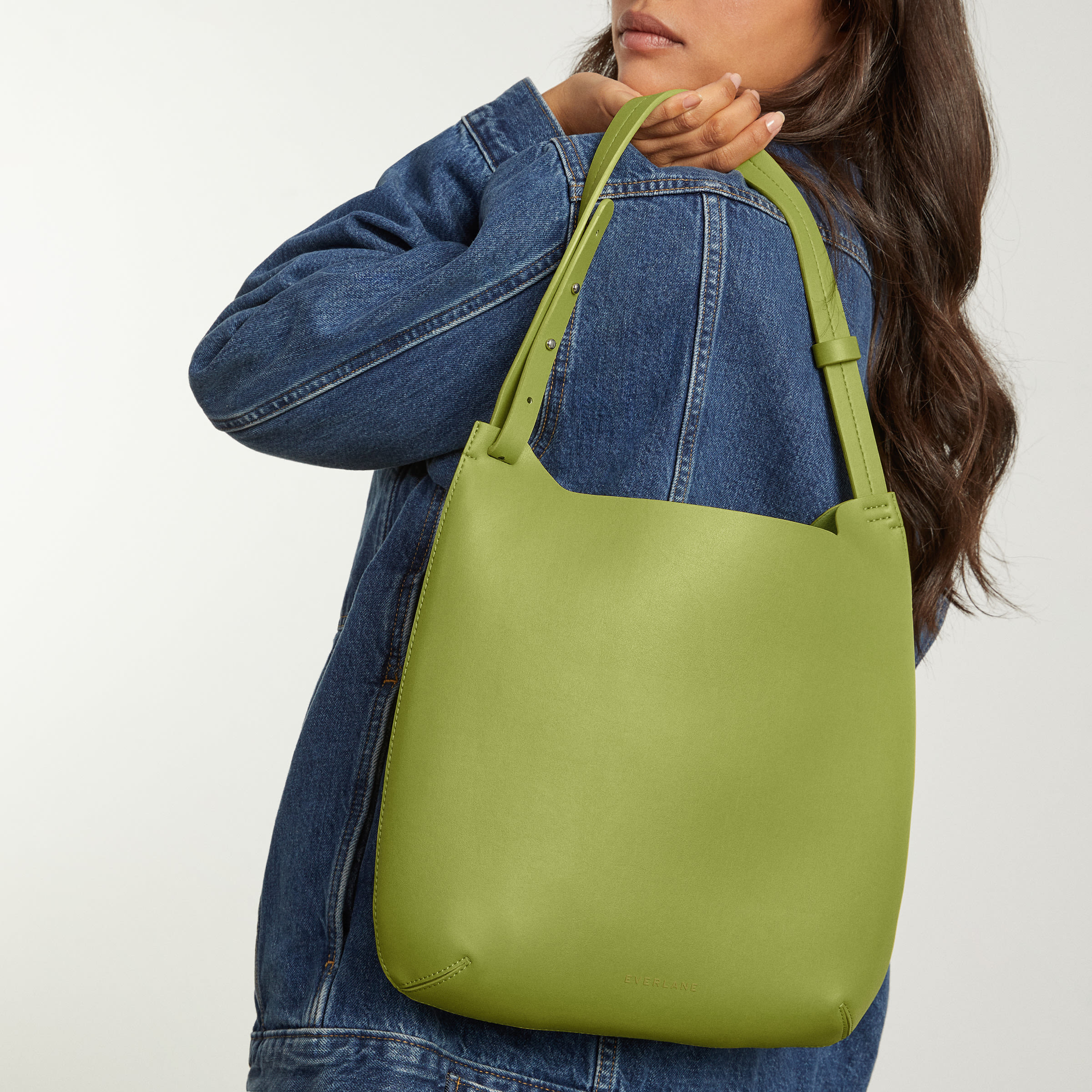
-
Kiwee: This brand focuses on timeless designs that transcend fleeting trends. They prioritize quality materials and construction, ensuring their bags stay by your side for years to come. Their commitment to classic styles inherently reduces waste and encourages mindful consumption.

-
Patagonia: A champion of environmental activism, Patagonia is renowned for their commitment to sustainability throughout their entire supply chain. They offer minimalist backpacks and travel bags built with durable materials and designed to last, minimizing waste and the need for frequent replacements.
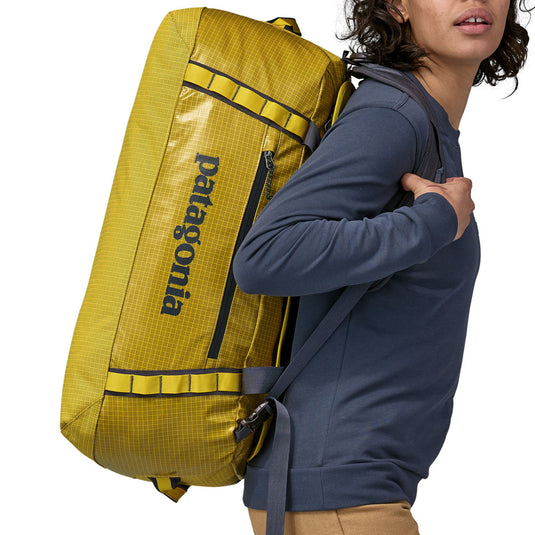
-
Fjällräven: Embracing functionality and durability, Fjällräven uses high-quality materials like their signature G-1000 Eco fabric, made from recycled polyester and organic cotton. Their backpacks and totes are built to withstand the elements and last for generations, promoting a buy-less, buy-better philosophy.


